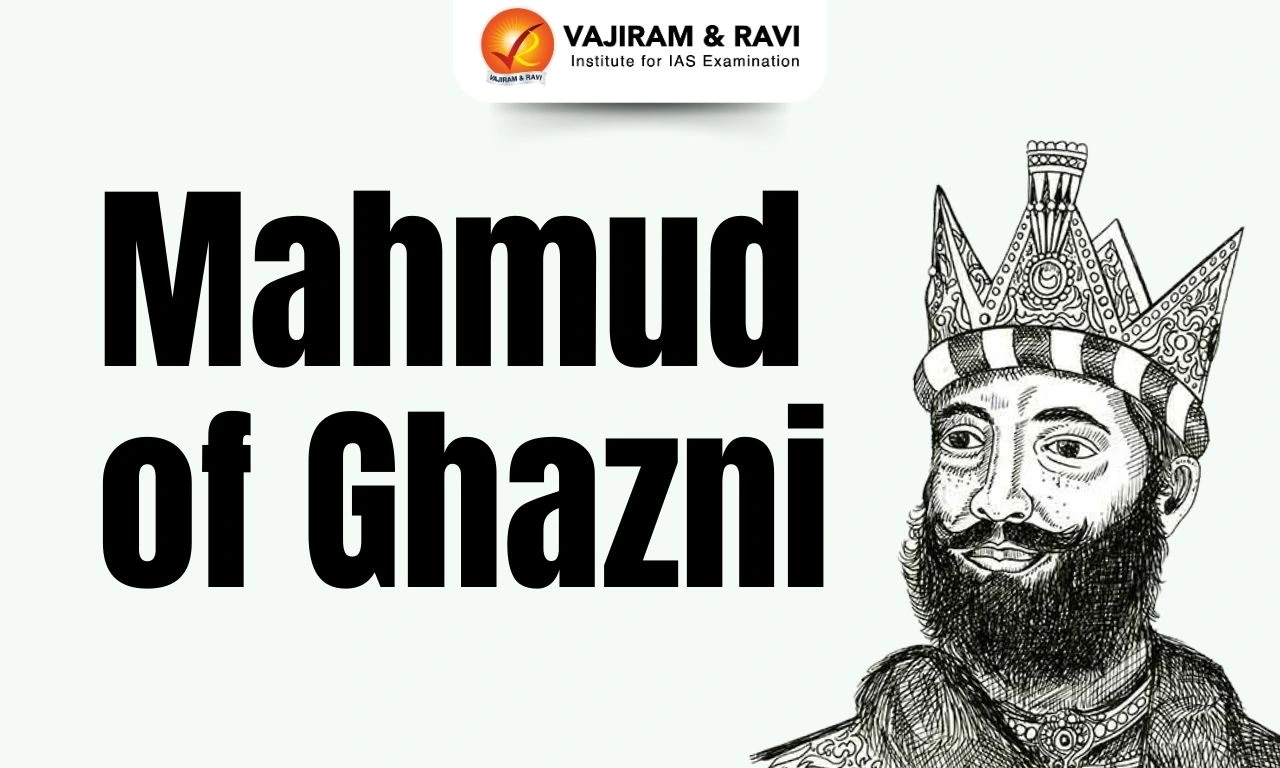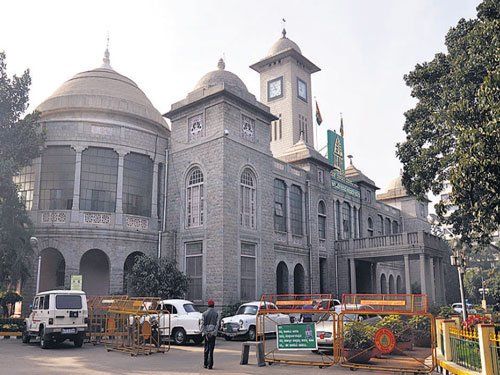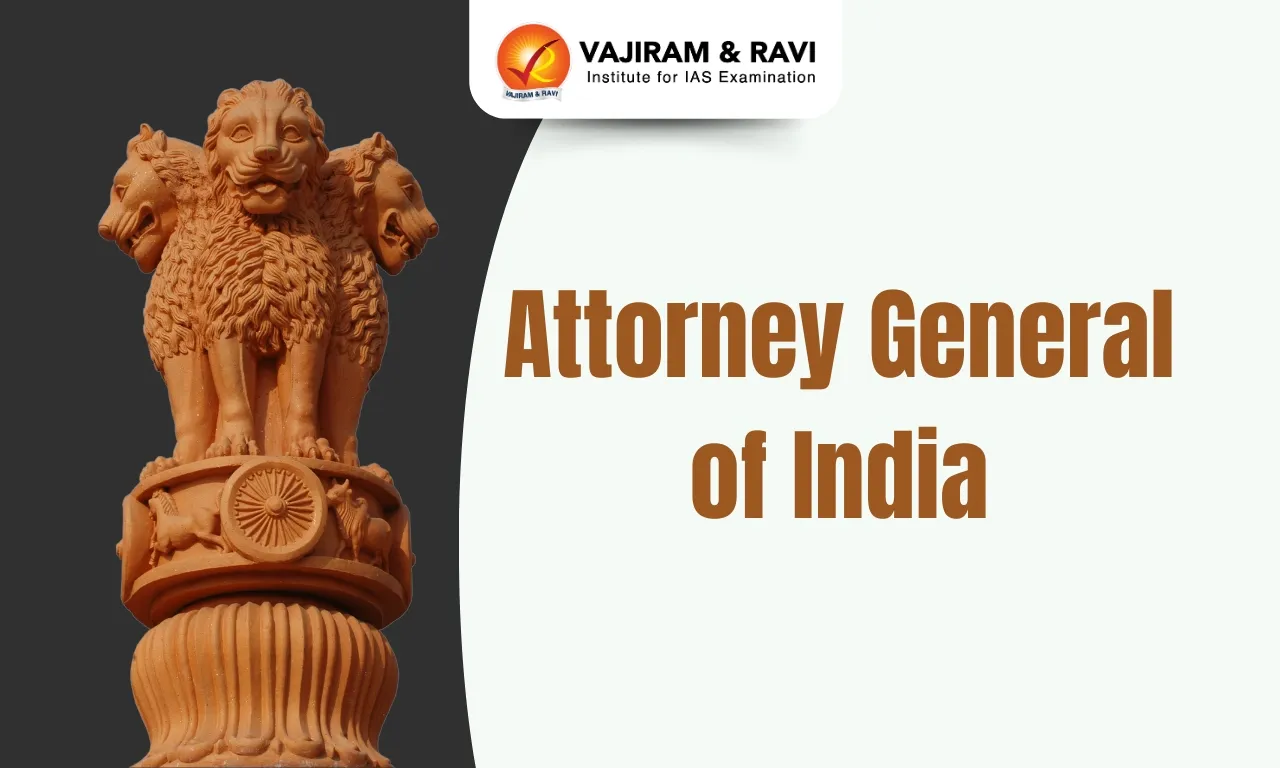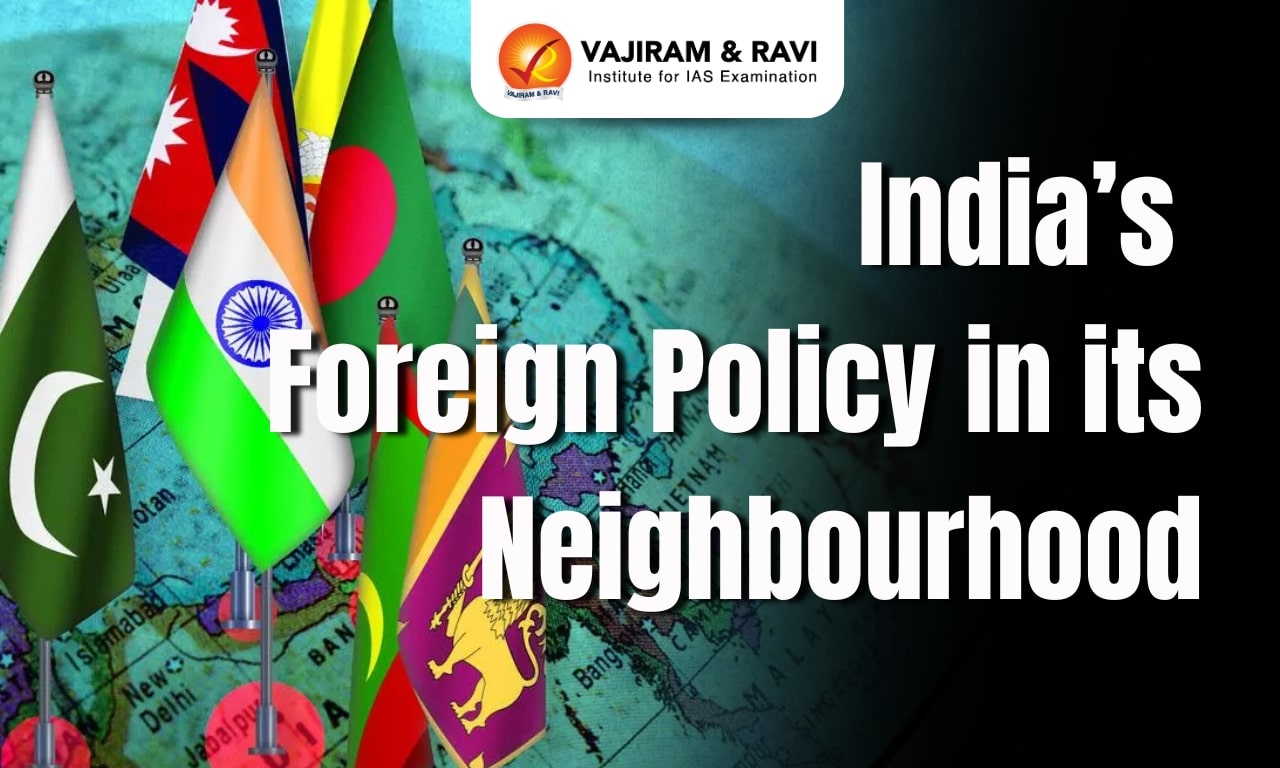Mahmud of Ghazni was one of the most influential rulers of the medieval period, whose conquests and patronage of art and culture had a profound impact on the political and social landscape of the Indian subcontinent. Mahmud rose to power as the Sultan of the Ghaznavid Empire, ruling from 998 to 1030 AD. His reign was marked by a series of military campaigns into the Indian subcontinent, which not only expanded the boundaries of his empire but also facilitated the spread of Islamic culture and Persian influences in the region.
Early Life and Rise to Power
Mahmud was born in 971 AD in the city of Ghazni (present-day Afghanistan) to a Turkish slave father (Sabuktigin- the founder of the Ghazni dynasty & Turkish slave commander). He belonged to the Ghaznavid dynasty, which had roots in the Persian region of Zabulistan. Mahmud ruled the Ghaznavid Empire from 998 to 1030 AD.
- Mahmud’s early conquests expanded the Ghaznavid rule to roughly the same footprint as the ancient Kushan Empire.
- He employed typical Central Asian military techniques, relying primarily on a highly mobile horse-mounted cavalry armed with compound bows.
- By 1001 CE, Mahmud turned his attention to the fertile lands of the Punjab, now in India, which lay southeast of his empire.
Mahmud's Invasions of India: Motivations and Objectives
Mahmud launched a series of raids into India between 1000 and 1027 AD around 17 times with the primary objective of plundering its wealth. His expeditions into India were focused on accumulating wealth, especially from temples, rather than imposing Islam on the Indian population.
| Aspect | Key Description |
| Motivations for Invasions |
- Mahmud was attracted to India’s enormous wealth. - His invasions were primarily directed towards the wealthy Hindu kingdoms of northwestern India, including areas in modern-day Punjab, Rajasthan, and Gujarat. |
| Key Invasions in India |
- 1000 AD: Mahmud of Ghazni attacked modern Afghanistan and Pakistan for the first time. He defeated the Hindu ruler Jaya Pala, who later committed suicide.
- 1006 AD: Ghazni invaded Multan.
- 1007 AD: Mahmud of Ghazni attacked and crushed Sukha Pala, the ruler of Bhatinda. - 1011 AD: Ghazni attacked Nagarkot in the Punjab hills. - 1013 AD: Mahmud attacked the Shahi kingdom under Anand Pala and defeated him in the Battle of Waihind, near Peshawar. - 1018 AD: He attacked Mathura and defeated a coalition of rulers, including a ruler called Chandra Pala. - 1021 AD: Mahmud conquered Kanauj by defeating the Kannauj King Chandella Gauda. - 1025 AD: He attacked the Somnath temple to loot the wealth amassed inside the temple. - 1030 AD: He died due to Malaria during his last invasion (Gujarat). |
Impact of Ghaznavi’s Attacks on India
Mahmud of Ghazni's reign left a mark on the socio-political and cultural landscape of the Indian subcontinent, shaping the course of history in multiple ways.
- Expansion of Empire: Mahmud, after swiftly conquering Khorasan, Sistan, and Ghur, turned his attention to India.
- He conducted 17 invasions over 25 years, expanding the Ghazni Empire and leaving India’s borders unprotected by destroying the Hindu Shahi Kingdom.
- Weakness of Rajputs exposed: The invasions revealed the shortcomings of the Rajput kings’ war strategies.
- It became evident that there was no political unity in India, leaving it vulnerable to further attacks.
- A Gateway to Further Invasions: Mahmud’s conquests paved the way for Muslim rulers (Turks and Afghans) to make deeper incursions into India, particularly into the Gangetic Valley.
- Drain of Resources: Ghazni drained the immense resources of India through his repeated raids, which adversely affected the political future of India.
- Patronage of art and learning:
- Mahmud was a patron of art, literature, and scholarship.
- His court attracted prominent figures such as:
- Firdausi, the poet and author of the epic Shahnameh or “The Book of Kings”.
- Al-Biruni was a philosopher, mathematician, scholar and author of the epic Kitab-ul-Hind.
- Exchange of ideas and Cultural influences:
- Despite the destruction, Mahmud’s invasions facilitated the exchange of ideas, knowledge, and cultural influences between the Islamic world and India.
- Muslim scholars, artists, and intellectuals brought new perspectives, contributing to the cross-pollination of ideas.
- Persian culture began to influence Indian art, literature, and architecture.
Mahmud of Ghazni's invasions, driven by religious zeal and plunder, reshaped India's political landscape, causing destruction but facilitating cultural exchange. His patronage enriched art and scholarship, leaving a complex legacy in medieval Indian history.
Last updated on December, 2025
→ Check out the latest UPSC Syllabus 2026 here.
→ Join Vajiram & Ravi’s Interview Guidance Programme for expert help to crack your final UPSC stage.
→ UPSC Mains Result 2025 is now out.
→ UPSC Notification 2026 is scheduled to be released on January 14, 2026.
→ UPSC Calendar 2026 is released on 15th May, 2025.
→ The UPSC Vacancy 2025 were released 1129, out of which 979 were for UPSC CSE and remaining 150 are for UPSC IFoS.
→ UPSC Prelims 2026 will be conducted on 24th May, 2026 & UPSC Mains 2026 will be conducted on 21st August 2026.
→ The UPSC Selection Process is of 3 stages-Prelims, Mains and Interview.
→ UPSC Result 2024 is released with latest UPSC Marksheet 2024. Check Now!
→ UPSC Prelims Result 2025 is out now for the CSE held on 25 May 2025.
→ UPSC Toppers List 2024 is released now. Shakti Dubey is UPSC AIR 1 2024 Topper.
→ UPSC Prelims Question Paper 2025 and Unofficial Prelims Answer Key 2025 are available now.
→ UPSC Mains Question Paper 2025 is out for Essay, GS 1, 2, 3 & GS 4.
→ UPSC Mains Indian Language Question Paper 2025 is now out.
→ UPSC Mains Optional Question Paper 2025 is now out.
→ Also check Best IAS Coaching in Delhi
Mahmud of Ghazni FAQs
Q1. Who was Mahmud of Ghazni?+
Q2. What were some of Mahmud of Ghazni's major military conquests?+
Q3. Why did Mahmud of Ghazni invade India?+
Q4. How did Mahmud of Ghazni contribute to the arts and culture?+
Tags: mahmud of ghazni quest

















